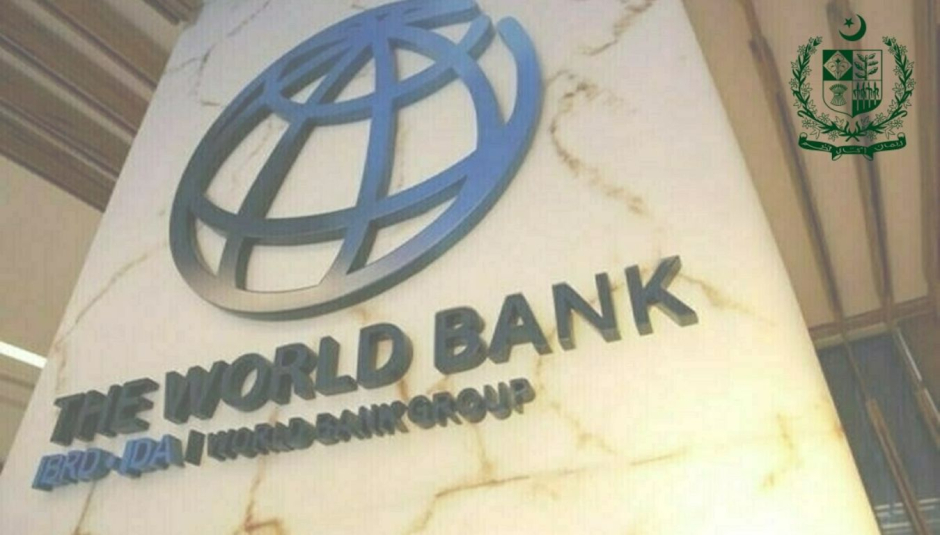The government has contacted the World Bank to restructure the $200 million Punjab Human Capital Investment Project (PHCIP). This restructuring aims to help the initiative recover from setbacks caused by COVID-related school and BHU closures and improve investment and implementation efficiency.
According to official documents, a request has been made to extend the IDA credit closing date from June 30, 2025, to June 30, 2026. This extension aims to give the project additional time to recover from setbacks caused by the closure of schools and basic health units (BHUs) when COVID-related restrictions were implemented in May 2020.
Extension Request to Improve Project Outcomes and Implementation
Most of the physical goals are still on track, but more time will help with quality outcomes. For example, finishing the first 1,000 days of Conditional Cash Transfer (CCT) recipients and speeding up ongoing teacher training for Early Childhood Care and Education (ECCE) schools are two examples of things that will be better with more time.
Qualitative improvements necessitate ongoing initiatives in social mobilization, beneficiary payment services, and staff training to effectively reach pregnant and lactating women. Additionally, the Social Protection (SP) Integrated Management Information System (IMIS) requires time to fully execute.
There is a total allocation of 21.73 billion Japanese yen (JPY) for the project. The PKR equivalent has increased by 22 percent, from 32 billion to 39 billion, due to favorable fluctuations in the currency rate. Efficient implementation and expenditure will be made possible by this extension.
PHCIP Restructuring for Enhanced Health and Inclusion in South Punjab
The PHCIP has been around for five years now, and its goal is to get more poor and vulnerable households in certain areas of Punjab to use quality health services and programs that help them get back on their feet financially and socially. The goal is to make that happen by giving poor and vulnerable people in eleven South Punjab districts better access to maternal and newborn child health (MNCH) services, early childhood education (ECCE), and good job chances. Because the government picked the Japanese Yen as its borrowing currency, the numbers below are given in JPY equivalents.
The total amount of IDA credit, JPY21.7 billion, was equal to $200 million and Rs.32 billion at the end of the project. The value of one US dollar dropped to about $154 million, while the value of one PKR rose to Rs. 40 billion due to changes in the exchange rate.
During the mid-term review in November 2022, the government of Punjab (GoPb) said that the project needed to be restructured to address the floods of that year, with two new parts added and design parameters changed to reflect what was learned during implementation. The government also said that the components needed to be moved around and the results framework needed to be changed.
Several damaged school facilities in a few project districts were impacted by the 2022 floods, which impeded education service delivery, including ECCE activities. As a result, the GoPb has requested funding to repair these facilities within the project districts. Beneficiary qualifying criteria for the CCT and EI components have been updated to make the registration procedure better and easier.
Furthermore, considering the project’s progress against each component and the remaining activities to be completed, GoPb has requested the reallocation of project funding among components and expense categories.
Finally, an extension in the closure date has been sought to account for the extended physical targets, improved availability of PKR due to the favorable exchange rate, and to enable more time for qualitative components of the results. The amendments were officially authorized by the National Economic Council’s Executive Committee on August 9, 2023, after undergoing scrutiny by the province and federal governments.
In response to a request made by the GoPB to the Federal Government on December 26, 2023, the Bank received a formal restructuring request from the Federal Government on February 2, 2024. On July 11, 2024, the federal government sought a further year of extension at no cost.
This restructuring will be applied subsequently starting from 9 August 2023, which is the day when the government approvals were finalized, in order to bring the project back in line with them. The new Flood Response Component is projected to incur expenditures of JPY120 million in retroactive financing.
The Chief Executive Officer of the Punjab Social Protection Authority (PSPA) will be the Project Director (PD) of the Project without being asked to. This is to make it easier for people to make decisions and be held accountable.
The “PSHDPMIU” will be established by the Primary and Secondary Healthcare Department (PSHD). The PSHD’s role as the primary health services implementing agency will remain unchanged as a result of this shift. The PHCIP’s Program Managers for the SED and P&SHD components will form a Project Coordination Committee, with the PSPA CEO serving as the ex-officio project director.
Project Executing Body:
- is required to recruit or select a Project Director; and
- make sure, by the end of the third day, that SED and P&SHD have hired or appointed program managers
- after the date it became effective.
Insights gained from field implementation lead to changes in design factors that weren’t planned for when the project was first planned: The definition of an “Eligible Young Parent” will be updated to reflect the following: “young couples (18-35 years old) from Benazir Income Support Program (Kafalat) beneficiary households registered in the NSER.” This will apply to parents who are between the ages of 18 and 29 and who come from low-income and vulnerable households, as determined by the National Socio-Economic Registry (NSER).
The following criteria will be used to choose Health & Nutrition CCT beneficiaries (“Eligible Conditional Cash Grant (CCG) Beneficiary”) instead of the NSER, which will no longer be the exclusive identification parameter:
- the recipient must reside within the project’s designated districts.
- if you are pregnant or breastfeeding, or if you have kids younger than 2 years old, and
- by presenting oneself at any public health facility (e.g., BHUs, Rural Health Centres, District Headquarter Hospital, and/or Tehsil Headquarter Hospital).












